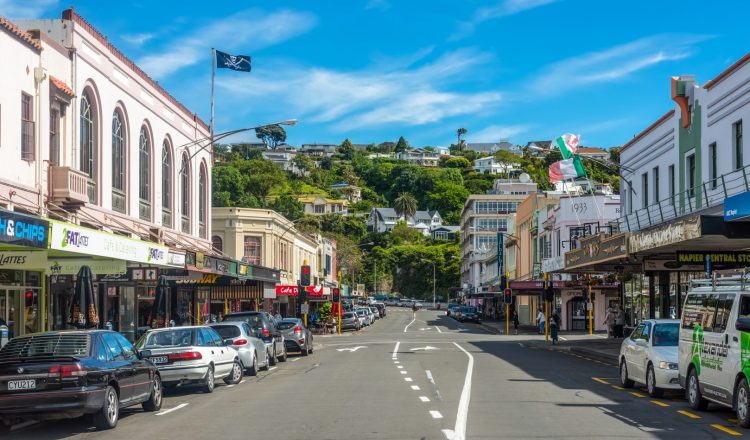购物简介
购物是日常生活的重要组成部分,因此,在考虑长期搬家之前,最好先知道某些商店可以买什么和不能买什么。幸运的是,在新西兰购物不会是一次痛苦的经历,因为主要的猕猴桃超市通常储存着几乎普通购物者可能需要的一切。超市通常每周开放至 7 天晚些时候,因此您将有足够的时间完成购物。超市为 18 岁以上的人提供食品、饮料、家居用品以及酒类。
在新西兰购买食物
除了超市之外,你还可以从乳制品那里购买食物。这是给小型商店和角落商店的名字。他们的范围比普通超市小,但它们可以更方便和近距离。加油站还提供食品和一些家居用品,以及你期望的汽车相关商品。长时间车程后,这可能是一个方便的选择,但是加油站往往是昂贵的。
如果你已经移民到新西兰,在离家更近寻找一些食物,你可以尝试一家民族杂货店。这些商店中有许多位于城市和郊区,可以提供各种各样的食物和口味。这与需要清真选择的人类似,城市和郊区是寻找这些更专业化食物的最佳场所。新西兰充满了咖啡馆、餐馆和外卖店,提供各种美食和特色菜,作为一个如此多元化的国家,你真的可以在新西兰尝试新食物。
猕猴桃零售商
如果你想购买衣服,那么大多数零售商都可以在城镇边缘找到。新西兰人通常开车到处,因此这些购物中心的位置并不是太大问题。一些大型零售品牌拥有大型商店,而其他品牌则属于较大的购物中心。大多数城镇至少有一个购物中心供您浏览。他们的营业时间为 9-5,通常在周日关闭。
在新西兰管理资金
一旦你选择了要购买的东西,就是时候付钱了。与某些国家/地区不同的是,新西兰人通常不会为更好的交易而讨价还价,预计您将支付广告中宣布的代价。幸运的是,新西兰的大多数商店都使用信用卡,但是随身携带一些现金通常是个好主意,因为一些商店和服务(如出租车)在交易中使用卡需要额外收费。如果您需要从银行账户中取出一些资金,新西兰各地有许多自动取款机,他们几乎总是为外国卡提供国际转账。这些通常会附加费用,因此值得寻找本地卡以便于付款和获得付款。
说到付费,新西兰是一个很好的生活地方,但它可能会有点昂贵。省钱的主要购物技巧包括:
- 等待销售。超市和大型商店将定期销售,如果您愿意等待出来,可以帮助您节省大量资金。
- 使用在线价格比较网站。
- 购买二手或二手物品。由于新西兰人的足智多谋,这在新西兰非常受欢迎。他们使用 TradeMe 来做这件事,就像新西兰人的 Ebay 一样。
- 除了购买二手之外,你还可以参观慈善商店。慈善购物在新西兰也很受欢迎,也是寻找优惠或时尚复古衣服的好方法!

















































